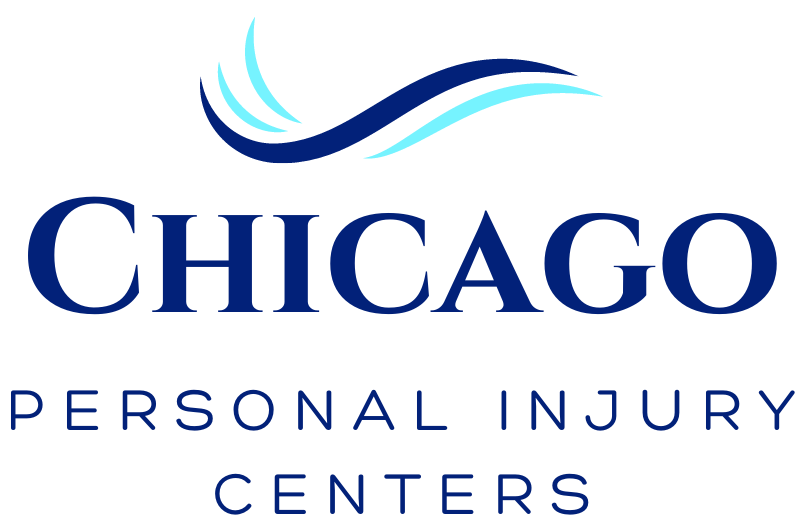Whiplash is a common neck injury that typically occurs when the head is instantly jolted backward and then forward, such as in a car accident, a fall, or during contact sports. This rapid movement strains the neck muscles and ligaments, resulting in pain, stiffness, and a range of other symptoms.
This makes early diagnosis and treatment crucial to preventing long-term complications and ensuring a full recovery.
In this read, we’ll give a comprehensive overview of whiplash, including effective treatment options and practical recovery tips. In addition, we’ll touch on the importance of documenting your injury and treatment in case of potential legal claims if your whiplash injury was caused by an accident.
What is Whiplash?
Whiplash is a neck injury caused by a sudden and forceful movement of the head, commonly resulting from rear-end car collisions. This movement causes the neck muscles and ligaments to extend beyond their normal range of motion, leading to pain, stiffness, and other symptoms.
Common Causes of Whiplash
The most common cause of whiplash is rear-end car collisions, where the force of impact propels the head backward and then forward in a whip-like motion.
Other causes include:
- Sports injuries: Contact sports like football or rugby can lead to whiplash when a player is tackled or struck.
- Physical assaults: Being struck in the head or shaken violently can result in whiplash.
- Falls: Sudden falls, especially where the head is jerked, can also cause this injury.
Symptoms of Whiplash
Whiplash symptoms can differ in their intensity and may either manifest instantly following the trauma or gradually progress over time.
Common symptoms include:
- Stiffness and pain in the neck
- Headaches, typically originating from the skull’s base
- Feeling dizzy
- Restricted neck movement
- Fatigue
- Pain in the upper back, shoulders, or arms
- A numb or tingling sensation in the arms
Diagnosing Whiplash
Diagnosing whiplash typically involves a combination of physical examinations, patient history, and imaging tests. A healthcare provider will assess the range of motion in your neck, check for areas of tenderness, and ask about your symptoms and the circumstances of your injury.
Imaging tests such as X-rays, CT scans, or MRIs may also be used to rule out other conditions or to assess the extent of soft tissue damage.
Treatment Options for Whiplash
There are several ways in which a whiplash injury can be treated, such as:
Initial Care and Pain Relief
In the first 24-48 hours after the injury, it’s crucial to manage pain and reduce inflammation. Rest is essential, and applying ice packs to the neck for 15-20 minutes every few hours can help alleviate pain and swelling. Over-the-counter pain relievers, such as ibuprofen or acetaminophen, may also be recommended to manage discomfort.
Physical Therapy
Physical therapy is a cornerstone of whiplash treatment. A physical therapist can design a program of exercises tailored to your specific needs, focusing on restoring movement, strengthening the neck muscles, and reducing pain. Common techniques include:
- Stretching exercises: These help improve flexibility and reduce stiffness.
- Strengthening exercises: These focus on building the muscles that support the neck.
- Manual therapy: This involves hands-on techniques to mobilize the joints and soft tissues.
Chiropractic Care
Chiropractic care can play a significant role in managing whiplash symptoms. Chiropractors perform adjustments to realign the spine, which can relieve neck pain and improve mobility. These adjustments can also reduce nerve irritation caused by misaligned vertebrae.
Chiropractic care is often used in conjunction with other treatments like physical therapy for a more comprehensive approach to recovery.
Medication Management
Medications are often prescribed to manage the pain and inflammation associated with whiplash. Common medications include:
- Pain relievers: Over-the-counter or prescription pain medications can help manage discomfort.
- Muscle relaxants: These can help reduce muscle spasms and tension in the neck.
- Anti-inflammatory drugs: Nonsteroidal anti-inflammatory drugs (NSAIDs) can reduce inflammation and pain.
It is important to note that medication should be used as part of a broader treatment plan, not as the sole method of managing symptoms.
Massage Therapy
Massage therapy can be beneficial in managing whiplash symptoms by alleviating muscle tension and improving circulation. Licensed massage therapists use techniques that target the muscles and soft tissues in the neck, shoulders, and upper back, helping to reduce pain and promote relaxation.
Alternative Therapies
Some patients find relief from whiplash symptoms through alternative therapies such as acupuncture and yoga. Acupuncture involves inserting thin needles into specific points on the body to alleviate pain, while yoga can improve flexibility, strength, and posture. These therapies can be used alongside conventional treatments in order to enhance overall recovery.
Recovery Tips for Whiplash
The following tips will help to ensure you have a full and complete recovery for long-term:
Importance of Consistent Care
Consistency in following your prescribed treatment plan is essential for a full recovery. Skipping therapy sessions or not taking medications as directed can slow down your recovery and increase the risk of chronic pain.
Gentle Exercises
Performing gentle neck exercises as advised by your healthcare provider can help maintain flexibility and prevent stiffness. Simple movements such as neck tilts, rotations, and shoulder shrugs can be done daily to keep the muscles limber and promote healing.
Proper Posture and Ergonomics
Maintaining good posture is crucial for recovery. Poor posture can strain the neck and exacerbate symptoms. At work and home, ensure that your workspace is ergonomically designed to support proper alignment, and use a chair that provides good lumbar support.
Lifestyle Adjustments
Making small lifestyle adjustments can prevent further strain on the neck and aid in recovery.
These may include:
- Using supportive pillows while sleeping
- Avoiding heavy lifting
- Taking regular breaks to stretch if you work at a desk
- These adjustments can help you avoid aggravating your injury and promote faster healing.
When to Seek Additional Help
There are some signs that the injury is worse than initially thought, and these include:
Signs of Complications
While most people recover from whiplash within a few weeks, some may experience persistent symptoms. Signs that may indicate complications include:
- Persistent or worsening pain
- Severe headaches
- Numbness or tingling in the arms
- Weakness in the arms or hands
Consulting a Specialist
In cases where symptoms persist, consulting a specialist such as a neurologist or pain management expert may be necessary. We, as specialists, offer advanced treatment options and help manage chronic pain associated with whiplash.
Legal Considerations
If your whiplash was caused by an accident, it’s important to document your treatment and recovery process for potential legal claims. Keep records of all medical visits, treatments, and any expenses incurred. Consulting with a personal injury attorney can help you understand your rights and options for compensation.
Get Effective Treatment for Your Whiplash Injury
Managing whiplash effectively requires early treatment, adherence to a comprehensive care plan, and making necessary lifestyle adjustments. From physical therapy to alternative therapies, a range of treatment options can aid in recovery and prevent long-term complications.
If you’re suffering from whiplash, do not hesitate to contact Chicago Personal Injury Center by calling (773) 482-5800 for a personalized treatment plan. Early intervention is key to a full recovery, and our experienced team is here to help you every step of the way.


